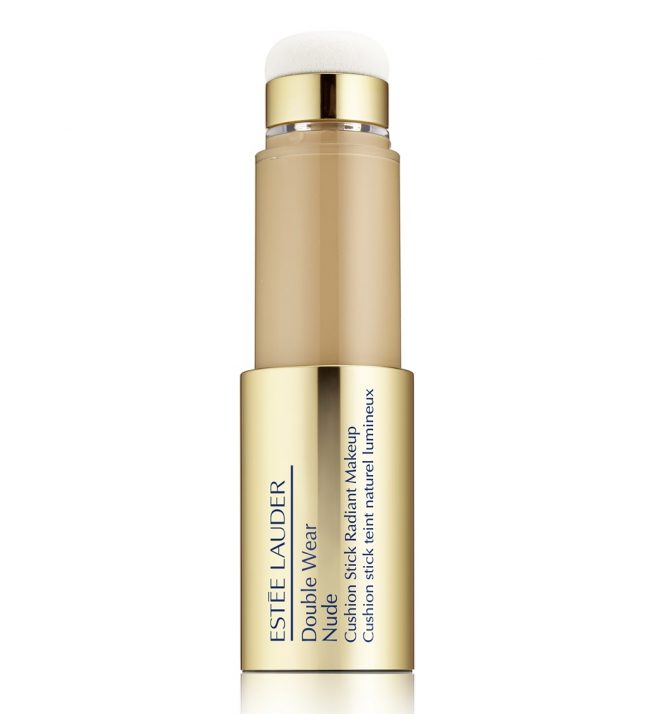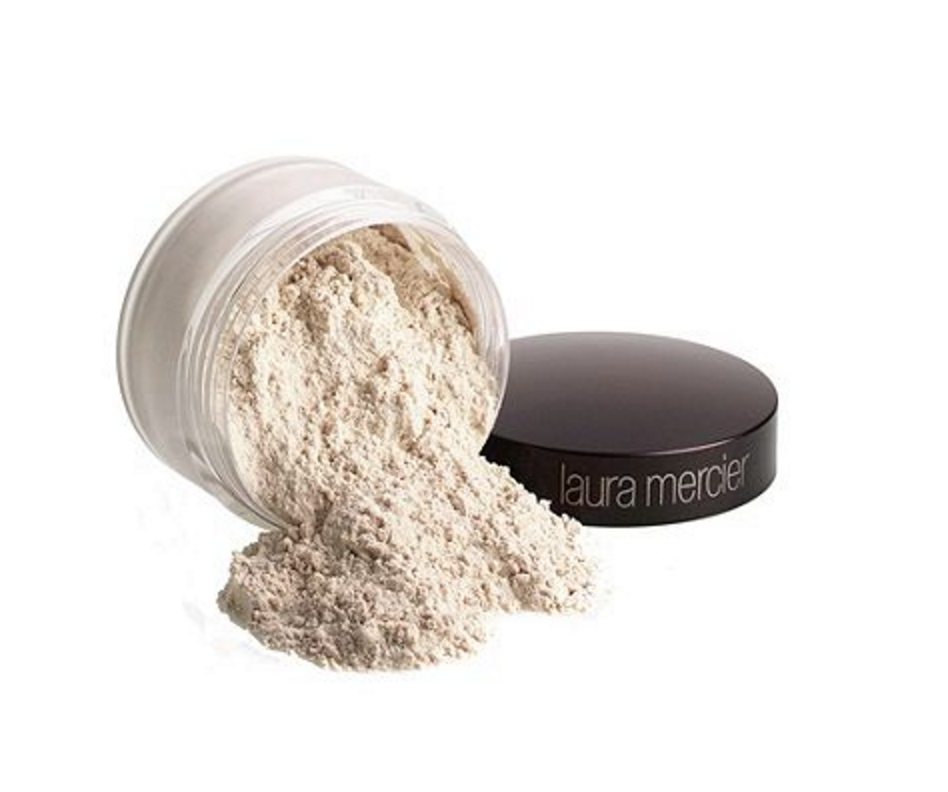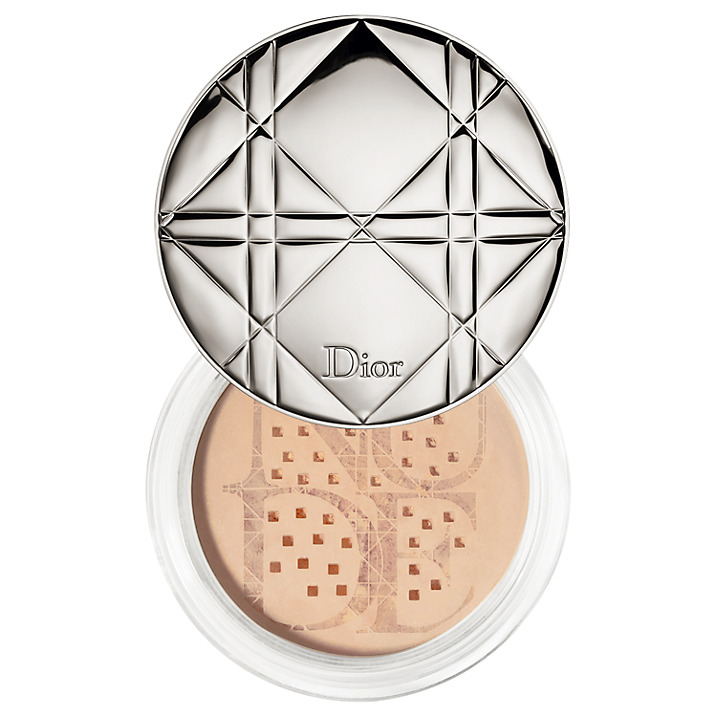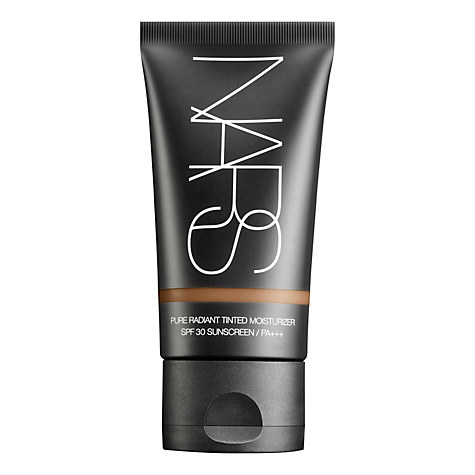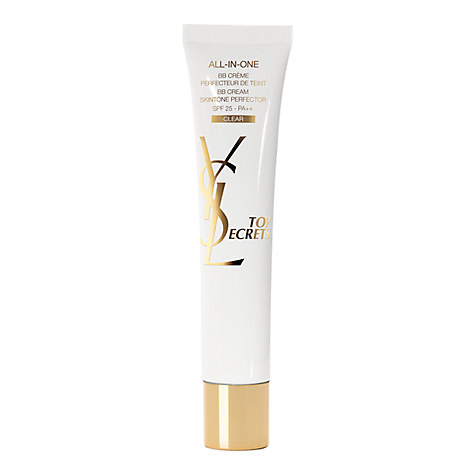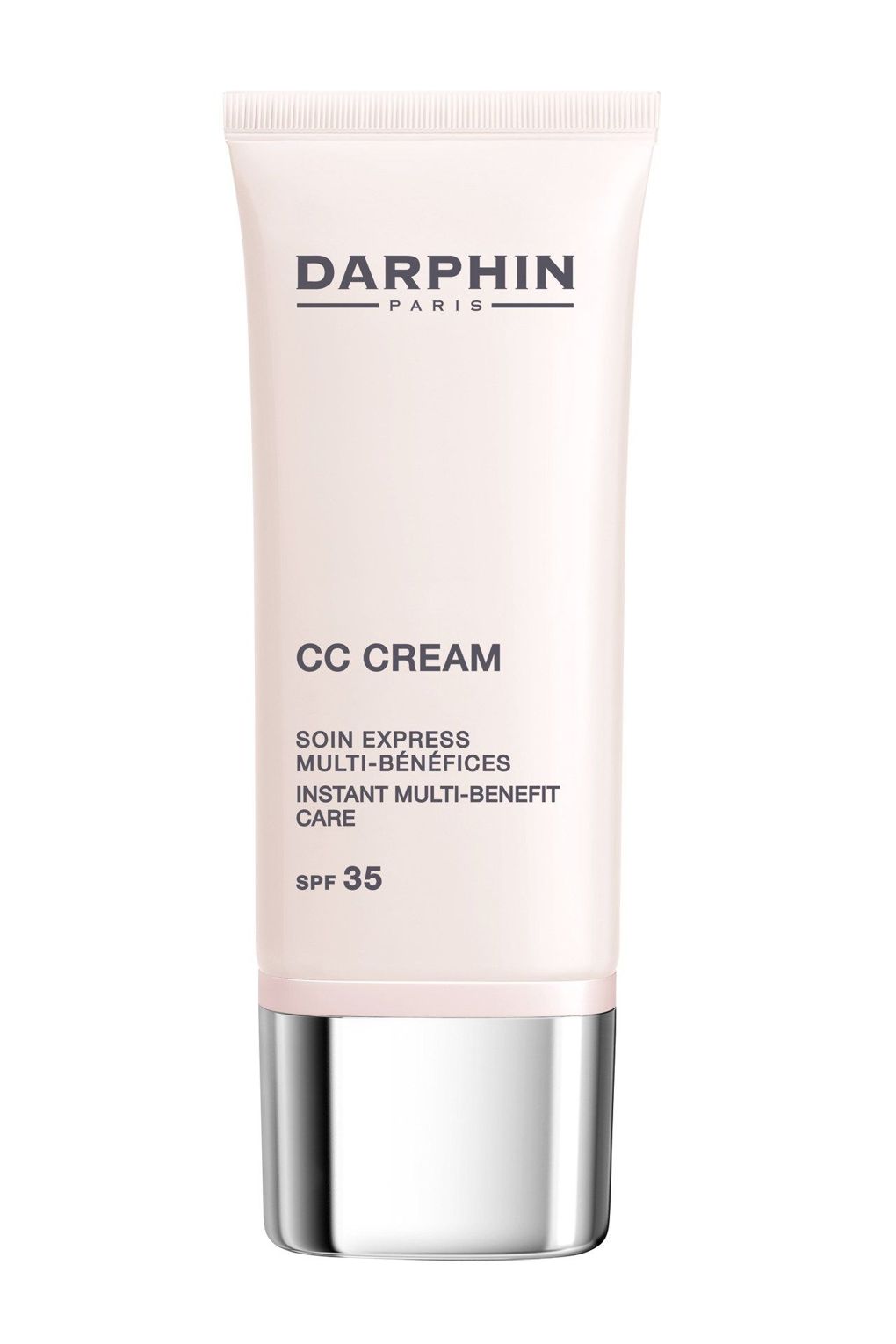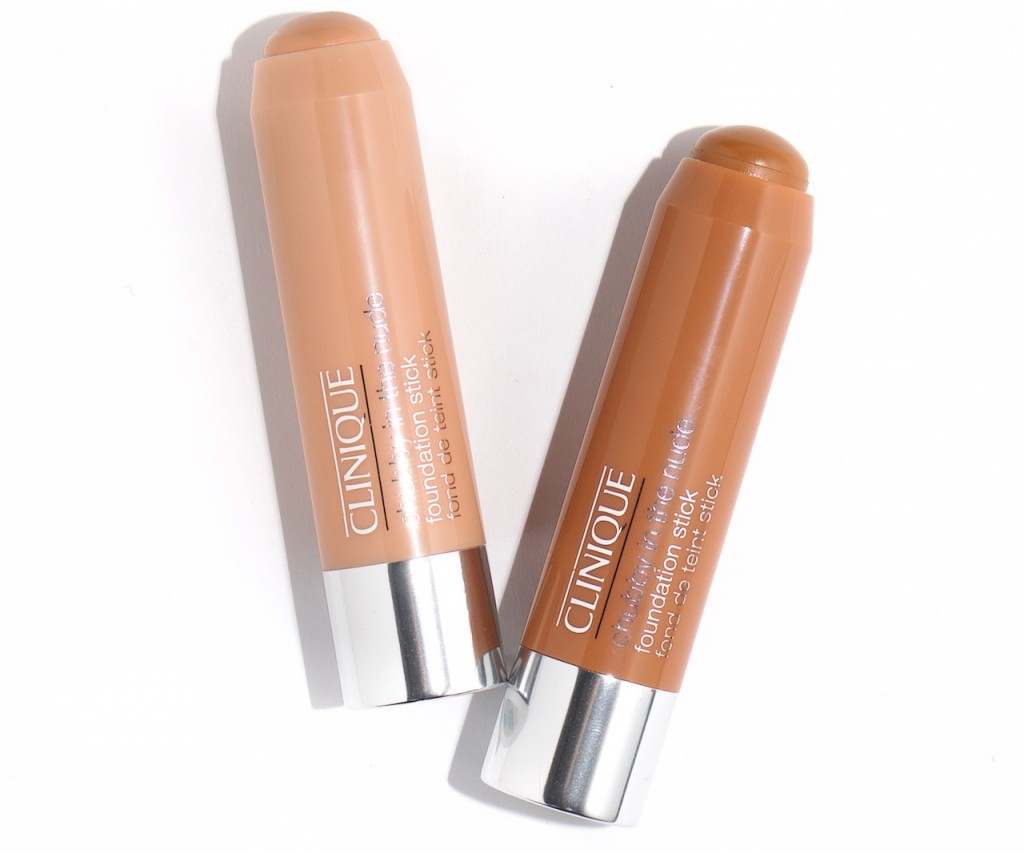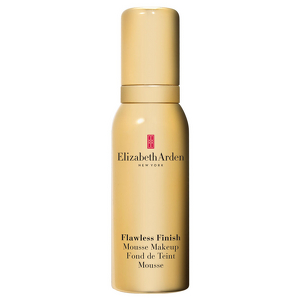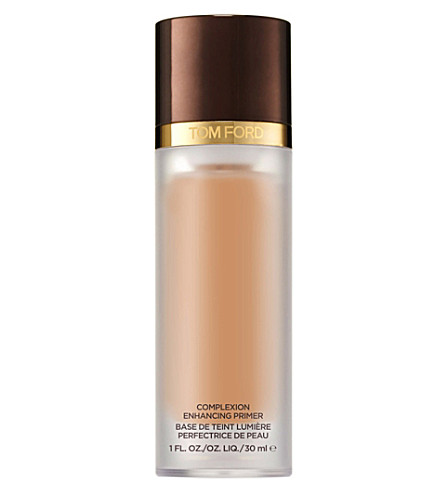There are so many different types of foundation; liquid, cream, bb, cc, dd, powder… do you go for opaque, medium or a full coverage? How about matte or oil-based formula?
There are simple answers to why foundation sometimes cakes, looks powdery, slides off or doesn’t blend in. If you’ve struggled to find the perfect foundation for you, read our handy guide below which explains the best foundation for your lifestyle, budget and of course, your skin type.
Liquid foundation
Liquid is the most popular form of foundation and can come in light, medium or full coverage. Often liquid foundations have extra benefits such as illuminating properties, added vitamins or anti-ageing ingredients.
Liquid foundation is usually simple to apply and easy to blend, but can get messy. To avoid this, either use a foundation brush rather than your fingers, or a bottle with a built-in brush or sponge, such as Estée Lauder Double Wear Nude Cushion Stick Radiant Makeup.
There are two main variations of base in liquid foundation. As a general guide:
Oil based liquid foundations
Great for: Dry or ageing skin, blemish-prone skin.
Be aware: They’re often thick and greasy.
Water-based (oil free) liquid foundations
Great for: Oily, normal or combination skin.
Be aware: They are usually quite opaque on the skin. They dry quickly so application has to be fast. Too much blending can cause rolling or streaks.
Application tips for liquid foundation

- Use a good quality foundation brush such as Cover FX Liquid Foundation Brush.
- A sponge helps thick, oil-based formulas to blend in. Fingers work well too, but can take longer.
- Use a foundation Primer to extend wearing time.
- A transparent or semi-transparent lightweight setting powder will fix your make-up for longer and help hide oil production, such as Laura Mercier Loose Setting Powder (below). Go for a matte finish if you have oily skin to reduce shine.
Cream foundation
Like it’s liquid sister, but thicker and often with a thicker coverage and moisturing properties. These are great for normal to dry skin and give a youthful, natural look.
Application of cream foundation should be light, otherwise you could find it sliding off your face after a few hours. Those with oily skin should avoid this type of foundation.
Application tips for cream foundation
- In my experience fingers or brushes work best: sponges usually soak up the cream.
- Some cream foundations don’t require primer application.
Powder foundation
Powder foundations are ideal for oily or combination skin as they contain no moisture and give a matte texture. They’re the easiest to apply and generally give the most natural look.
Those with very oily skin should avoid powder foundations – they may go clumpy and fill pores. Be aware that pigment in the colour can mix with oil, causing oxidisation of the foundation and changing the colour.
Powder foundations either come in pressed powder form or as a loose powder. As a general guide:
Pressed powder foundation
It’s easy to use too much product and you might find your pressed powder foundation runs empty relatively quickly, thus it can work out more expensive. However, pressed powder provides good, uniform coverage and is super quick and easy to use. Sponges or pads are usually included, which are best for application. Pressed powder foundation is pretty foolproof, and I’d recommend it for those applying their make-up in a hurry, or for touch-ups. Mac Studio Fix Powder Plus Foundation is my favourite pressed powder.
Loose powder foundation
Loose powders such as Dior Diorskin Nude Air Healthy Glow Invisible Loose Powder, are great for buildable, smooth coverage; just add layers. Be careful though, you’ll need a good primer such as Lancome La Base Pro, or your skin may end up looking powdery and dry. Loose powders are easy to use and blend well, and are great for a quick application. They can however be messy: a good quality fluffy brush will ensure your clothes don’t get sprinkled with powder.
If you have sensitive or blemish-prone skin, go for a mineral powder foundation, such as Mac Mineralize Foundation. These are primarily made from natural, finely ground minerals and are great if you prefer a more organic product.
Application tips for powder foundation
- Silicone-based generally primers work best
- You don’t always need a setting powder
- Build up application in layers, buffing the brush, sponge or pad in circling motions
- Use a fluffy powder foundation brush to apply
- Apply sparingly to wrinkles around the face
Airbrush & spray foundations
These are best suited to sensitive skin, last extremely well and give an even, flawless look – whether you have oily or dry skin. Spray foundations have a super thin consistency and a silky-smooth lightweight feel. Sound too good to be true? Professional airbrush foundation kits are expensive – you’ll require electronic equipment and a lot of practice using it! This type of foundation is traditionally used by makeup artists for weddings, TV and films.
However, more recently brands have been selling spray foundations in a can at more affordable prices, such as Dior Diorskin Airflash. I’d only recommend purchasing this type of foundation if you have time on your side to apply it properly. Rushing application of a spray foundation is not an option, and you’ll need to leave time for it to dry.
Application tips for spray/airbrush foundation
- It kind of goes without saying but protect your hair and clothing!
- Spray directly on the face from at least 15cm.
- For extra coverage, spray a little foundation onto your hands and apply with fingertips.
- All airbrush/spray foundations seem to work slightly differently, so follow the manufacturer or packaging instructions.
Tinted moisturiser, BB, CC & DD creams
These are lightweight alternatives to full foundation, are easy to apply, have great skin-benefiting ingredients and blend in well. As skincare/make-up hybrids, the coverage is very light and natural. They are suitable for those with normal to dry skin, with a fairly clear complexion. They’re also great for ageing skin as they don’t tend to exaggerate wrinkles and brighten your complexion.
If you’re looking to give your skin a break from heavy foundations, these creams can give your skin a well-needed break. They also often include good SPF. They allow pores to breathe and nourish dry areas. Bring quick and easy to apply, these creams are great for a quick, light make-up routine.
Unfortunately the coverage is very light, so if you’re looking to cover up scars and acne then these creams might not be the best for you. They’re also not as long-lasting as other foundations. Most brands also tend to limit the range of colours, so those with very pale or very dark skin might struggle to find the right shade.
Tinted moisturisers
These are basically 2-in-1 moisturisers with a little foundation – suitable for very dry, clear skin, and rushed mornings! Nars Pure Radiant Tinted Moisturiser is fab.
BB Creams
BB stands for ‘Beauty Balm’. Originating from Asia, these creams are an all-in-one primer, moisturiser and light foundation. The coverage is slightly fuller than that in a tinted moisturiser. Suitable for normal to dry skin. I’d highly recommend Yves Saint Larent All-in-One BB Créme Skintone Perfector.
CC Creams
There is still some controversy over whether CC stands for ‘correct and cover’ or ‘conceal and correct’ but the overall interpretation is the same. CC creams such as Darphin CC Cream tend to have some additional skin benefits to BB creams and focus on evening skin tone. CC creams usually come in oil-free formulas and are suitable for sensitive skin. If you have trouble with regular foundations blocking your pores then CC creams are the way to go. The coverage is light to medium (a little heavier than a BB cream) and are suitable for normal and oily skin.
DD Creams
These ‘dynamic do-all’s’ have all the benefits of CC creams, with a strong anti-ageing focus. They are suitable for dry, normal and oily skin. Try Dermadoctor DD Cream.
Yes, there is an EE cream – but this is a facial exfoliant!
Application tips for Tinted moisturiser, BB, CC & DD creams
- Best applied with fingertips.
- Pat or gently blend into the skin.
- Try not to rub once dry.
Stick foundations
These are relatively time-consuming to blend but produce full face coverage, ideal for scars or redness. Avoid if you have wrinkles, as stick foundations can crease around them.
Stick foundations are not traditionally suitable for oily, breakout-prone skin as the waxy texture can clog pores. Fortunately, more recent products are offering an oil-free formula such as Clinique Chubby in the Nude Foundation Stick.
Stick foundations have the benefit of being practically mess-free and work great for normal to oily skin. They also the best for covering scarring and hyper-pigmentation.
Application tips for stick foundations
- Avoid swiping the stick all over your face or you’ll have difficulty blending the foundation in.
- Apply small dots around the face and blend with fingers or a dense brush.
- Layer for added coverage.
Less Common Foundations
Mousse foundations
Mousse foundations such as Elizabeth Arden Flawless Finish Mousse Makeup, apply like a cream and dry a little like powder. They are not particularly long lasting and mostly suitable for ageing and normal skin. They are however easy to apply and relatively quick, giving a natural and lightweight feel.
Cream-to-powder foundations
Usually available in compact form, these are great for skin that’s not too dry or not too oily. Cream-to-powder foundations glide on like liquid but dry matte and powdery. Blend with a sponge or a brush for an even, fast finish – perfect for those in a hurry or for touch-ups.
Cream-to-powder foundations come in a variety of finishes, from sheet to full. The end result isn’t as natural as powder foundations and may not last as long.
Special mentions
Light pigments
If you want a dewy, youthful look opt for a foundation with light pigments in. They brighten the skin and give a fresh glow.
Waterproof
If you live in a humid area or are likely to get your face wet, ensure that your foundation is waterproof or water resistant. However, it can block pores and are not suitable for breakout-prone skin. You may also find that waterproof foundations are difficult to remove with regular make-up remover.
SPF
It’s important that your foundation includes a good SPF to protect delicate facial skin. However, it can give you that white-face look in photos. To avoid this happening, use a photo primer such as Smashbox Photo Finish Foundation Primer.
Primer
A good quality primer fills in and smooths down pores, creating a smooth barrier between your skin and foundation. It also makes your foundation last longer.
It’s worth spending a bit extra on primer. In my experience, cheaper brands can block pores and even make foundation slide off the skin.
Some primers also come with extra benefits, such as anti-ageing, colour-correcting, added vitamins, illuminating and moisturising. My personal favourite is Tom Ford Complexion Enhancing Primer.
Shades
Of course, none of the above matters if you choose the wrong shade! It is essential to match your skin tone perfectly to the foundation. Read more about this here.
Do you have any foundation tips to share? Let us know on our Facebook page.

